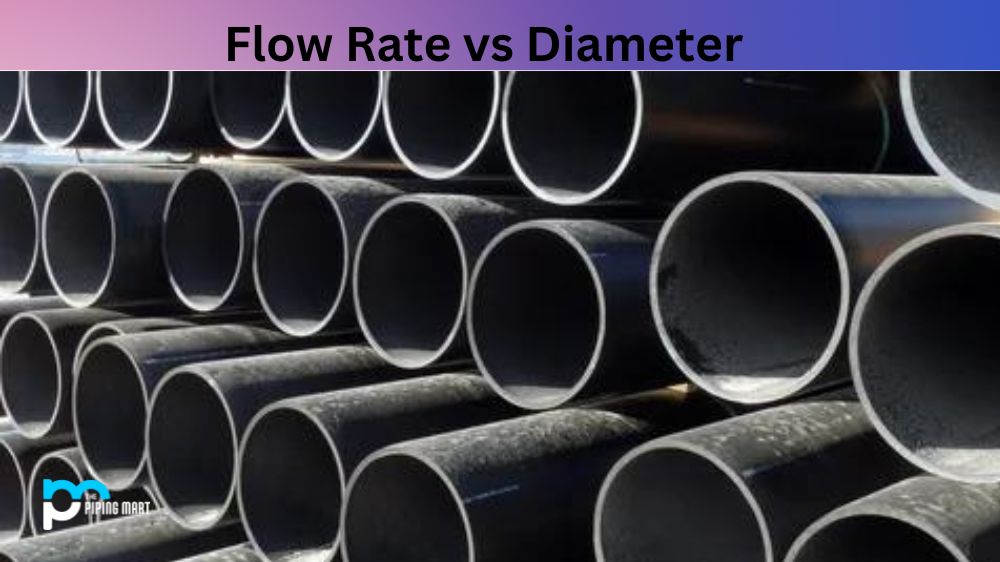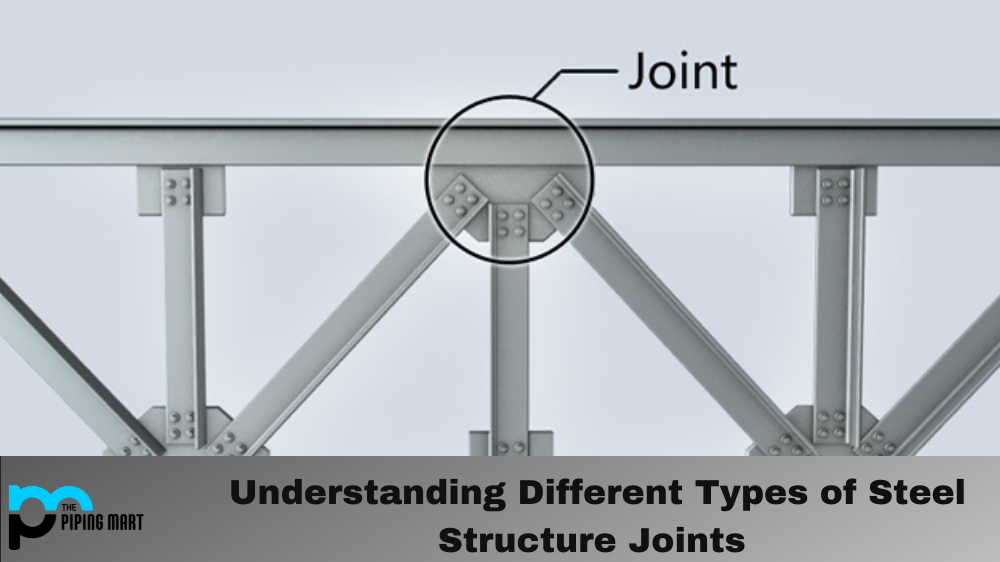If you’re a plumber, contractor, or DIY enthusiast, you know that pipes come in different sizes and shapes. But do you know how the diameter of the pipe affects the flow rate? In this article, we’ll explain why pipe diameter does affect flow rate and what this means for your plumbing project.
What is Pipe Diameter?
Pipe Diameter is the measurement of a pipe’s width across its opening. This measurement is taken from the outside wall to the outside wall and should be slightly larger than the inner diameter (ID). The most common sizes for pipes come in standard measurements such as ½ inch, ¾ inch, 1 inch, etc., but can also be custom made with special dimensions based on your specific needs.
What is Flow Rate?
Flow Rate is the speed at which a liquid passes through an orifice, container, or pipe. It can be measured in terms of liters per minute (L/min) or gallons per minute (GPM). In the context of fluids, it’s important to keep in mind different characteristics such as pressure and temperature that can influence its flow rate.
Difference Between Pipe Diameter and Flow Rate
The flow rate of a pipe is directly related to its inner diameter. The larger the inner diameter of the pipe is, the greater amount of water that can be pushed through it at any given time. This makes sense when you think about it—a wider opening allows more water to pass through with less effort. On the other hand, a smaller inner diameter restricts flow because there is less space for water to move around.
It’s important to note that while larger pipes are able to handle more water than smaller ones, they also require more energy to push the same amount of water through them. This means that if you have a long pipeline with multiple bends and turns, using larger pipes may not always be practical due to their increased resistance. If this is an issue for your project, then you’ll need to use a combination of small and large pipes in order to minimize resistance while still maximizing the flow rate.
Other Differences
- The diameter of a pipe is one of the most important factors in determining its flow rate.
- The larger the diameter of a pipe, the greater its flow rate.
- The smaller the diameter of a pipe, the lower its flow rate.
- The relationship between pipe diameter and flow rate is linear.
- Flow rate is measured in gallons per minute (gpm).
How To Calculate Flow Rate
If you want to calculate how much water can pass through a certain pipe size, then there are some simple calculations you can use. For example, if your pipeline has an internal diameter of one inch (25mm), then the maximum flow rate is equal to 0.408 liters per second (or 0.087 gallons per minute). Keep in mind that these calculations assume that all other factors, such as pressure drop and friction loss, remain constant throughout the length of the pipe section being tested. It also assumes that the pipe being tested is made from smooth material like PVC or copper rather than rough material like cast iron or concrete, so results may vary depending on your specific setup.
How to Calculate Pipe Size from Flow Rate?
Determine the Flow Rate
The first step in calculating the size of a pipe needed for a given flow rate is to determine the flow rate. This can be done by measuring the amount of water flowing through the pipe over a period of time and then dividing that number by the amount of time it took for the water to flow through. For example, if you measure 10 gallons flowing through the pipe in 10 seconds, then your flow rate would be 1 gallon per second (GPS).
Determine Pipe Length
Once you have determined the flow rate, you will need to determine how long your pipe needs to be in order to accommodate that flow rate. This can be done by multiplying your desired flow rate by the total length of your pipe. For example, if you want a flow rate of 1 GPS and your pipe is 30 feet long, then you would need a 30-foot-long pipe.
Calculate Pipe Diameter
Once you know both the desired flow rate and length of your pipe, you can calculate its diameter using a formula known as Bernoulli’s equation. This equation takes into account factors such as fluid velocity, pressure, and gravity in order to calculate an optimal diameter for your pipe. It is important to note that this equation should only be used as a guide, since other factors such as friction may also affect the optimal diameter of your pipe.
Install Your Pipe
Once you have calculated an appropriate diameter for your pipe based on Bernoulli’s equation, it is time to install it! Make sure that all fittings are properly sealed and that there are no leaks before turning on any water or gas lines connected to your new piping system. Additionally, make sure that all valves are closed before turning on any lines so that water does not escape from anywhere other than where it should!
How to Measure Diameter of a Pipe?
Measure the Circumference of the Pipe
The first step in measuring the diameter of a pipe is to measure its circumference. To do this, you will need a flexible measuring tape and a marker. Start by wrapping the measuring tape around the pipe and marking where it meets itself. Then, measure from one mark to the other and record the measurement in inches or centimeters.
Divide Circumference by Pi
Once you have measured the circumference of the pipe, you can calculate its diameter by dividing this measurement by pi (3.14). For example, if your pipe has a circumference of 12 inches, then its diameter would be 12 divided by 3.14 or 3.83 inches.
Use a Caliper for Accurate Measurement
If you want an even more accurate measurement for your pipe’s diameter, then you can use a caliper to measure it directly. A caliper is a tool that measures distances between two points with extreme precision and accuracy. To use it, place one end of the caliper on one side of your pipe and move it until it touches the other side of your pipe before taking your measurement reading from the dial or digital display on the caliper itself.
How does Pipe Diameter Affect Flow Rate?
The size of a pipe and its diameter play an important role in determining the flow rate of a system. Generally, larger pipes tend to have higher flow rates than narrower ones. This is because there is more room for liquid or gas to move through a wider diameter, resulting in increased pressure and speed.
Conclusion:
In conclusion, it’s clear that pipe diameter does affect flow rate—the larger the inner diameter of the pipe is, the greater amount of water can be pushed through it at any given time. However, keep in mind that larger pipes require more energy which may not always be practical depending on your plumbing project, so make sure to consider all factors before making any decisions about what size pipes are necessary for your job! Additionally, if you need help calculating how much water can pass through a certain pipe size, then there are some simple calculations you can use which should help make life easier when planning out any major plumbing projects!

Pipingmart is B2B portal specializes in industrial, metal and piping products. Also, share latest information and news related to products, materials and different types grades to help business dealing in this industry.





This article is incredibly informative! As a contractor, I’ve always understood the importance of pipe diameter, but this breakdown really helps solidify the concept. The explanations are clear and the steps for calculating flow rate and pipe size are very practical. It’s also great to see the consideration for factors like pressure and temperature. Thanks for sharing such valuable information!
You’re very welcome! I’m thrilled to hear that you found the article so helpful. Understanding pipe diameter and its implications is indeed crucial in your field. If you have any more questions or need further insights, don’t hesitate to ask. Happy contracting!